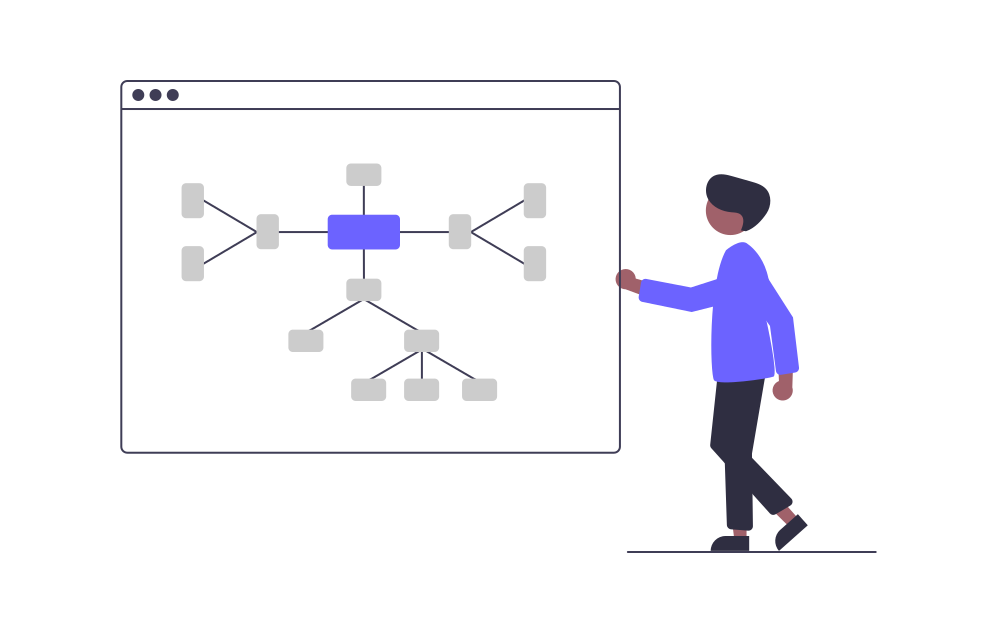Imagine, your manager is looking for new ideas from you. After working for several years in an organization, you have provided so many ideas, that now you have run out of them. And there the deadline is almost nearby to give a solid idea that will help you a better growth for your company. Everybody is expecting it only from you.
Meanwhile, you are just there. Stuck and panicking. From where will you bring new ideas? You sat in a dark, silent room with a coffee mug and thought about what to do. Here you have already started brainstorming subconsciously. When you started thinking about new ideas.
Now, this situation is quite common among professionals. They have to come up with new ideas or action plans or a lot with the teams. So for that Brainstorming is important. It is also important to know the basic techniques of brainstorming. But first, let’s know about brainstorming more.
What is Brainstorming?
In order to develop a wide range of ideas and solutions for a particular problem or task, brainstorming is a collaborative and creative problem-solving strategy. A group of people often participate in this type of debate, which is free-flowing and open and during which no ideas are first judged or critiqued. To create creative solutions, brainstorming encourages people to think outside the box, nurtures creativity, and investigates multiple viewpoints.

Consider that a marketing group is charged with coming up with a fresh ad campaign for a new product launch. They assemble in a conference room and start formulating ideas. Members of the team discuss a variety of methods and ideas during the meeting, including creative guerrilla marketing tactics, emotional storytelling, influencer relationships, interactive social media campaigns, and amusing ads. Every member of the group contributes, and the thoughts are recorded or made visible to everyone on a board. During the brainstorming session, the team refrains from analyzing or condemning the ideas. Following the brainstorming session, the group assesses, edits, and chooses the most promising ideas for further development.
15 Creative Brainstorming Techniques
- Mind Mapping for Project Goals: Project managers can use mind mapping to visually map out the main project goals and sub-goals, helping to identify critical milestones and interdependencies. For instance, when planning a website development project, the mind map can outline objectives like design, content creation, coding, testing, and launch, along with their interconnected relationships.
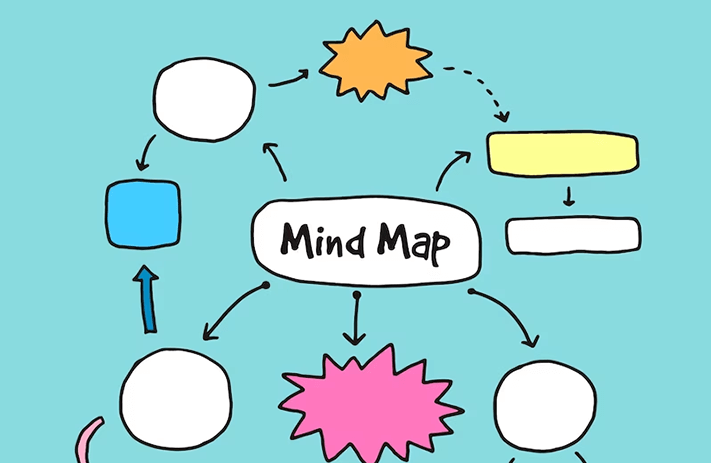
- Reverse Brainstorming for Risk Mitigation: By using reverse brainstorming, project managers can proactively identify potential risks and challenges. For example, in an event planning project, the team might ask, “How can we create a disastrous event?” The responses could highlight security gaps, logistical issues, or communication breakdowns, allowing the team to devise mitigation strategies.
- SCAMPER for Project Improvement: Project managers can evaluate current procedures and deliverables by using SCAMPER (Substitution, Combination, Adaptation, Modification, Put to another use, Eliminate, and Reverse). They can experiment with concepts like applying effective tactics from earlier projects, fusing technology to increase efficiency, or removing procedures that are unnecessary in order to optimize operations.
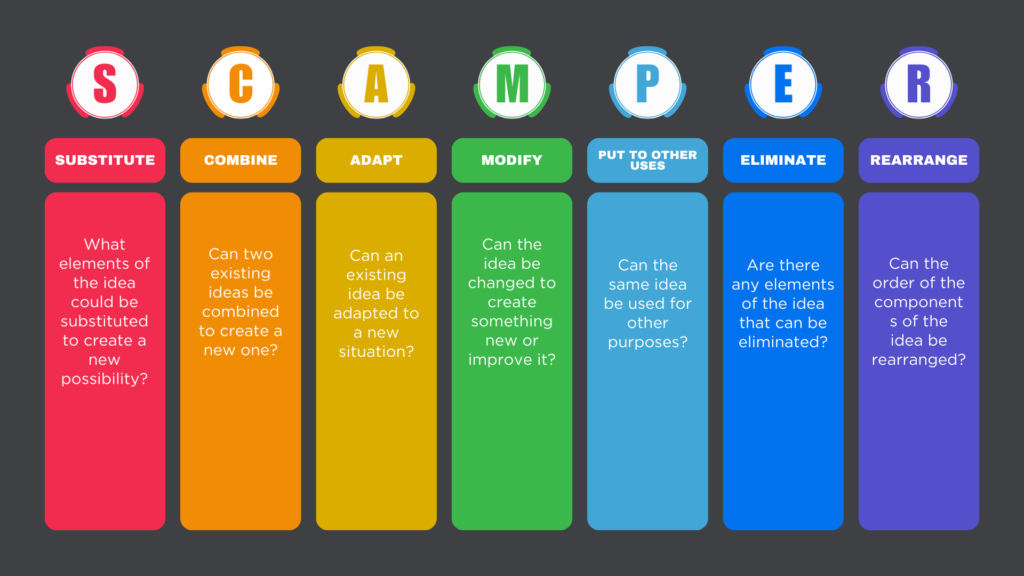
- Six Thinking Hats for Decision-Making: Project managers can utilize the Six Thinking Hats method to promote a variety of viewpoints during project meetings. For instance, the team member wearing the “yellow hat” emphasizes advantages and prospective opportunities when talking about project hazards, assisting the team in striking a balance between upbeat opinions and cautious concerns.
- Worst Possible Idea for Contingency Planning: Project managers can prompt the team to brainstorm the worst possible scenarios that could disrupt the project. In software development, for example, the team might consider the worst-case scenario of critical data loss or security breaches. This exercise leads to the development of robust backup plans and security measures.

- Rolestorming for Stakeholder Analysis: Involving team members to role-play different stakeholders, such as customers, investors, or regulators, can help project managers anticipate concerns and expectations. For a product launch, this technique can aid in aligning marketing strategies with customer needs and investor interests.
- Picture Prompt for Project Visioning: Project managers might utilize pictures or visual suggestions to ignite their teams’ imaginations and bring them in line with the project vision. Displaying images of magnificent architectural wonders might inspire ideas for creative design components for a construction project.
For displaying projects you can try out Tixio Whiteboard. Here you can easily visualize your ideas and share them with the team to brainstorm on any project you want.
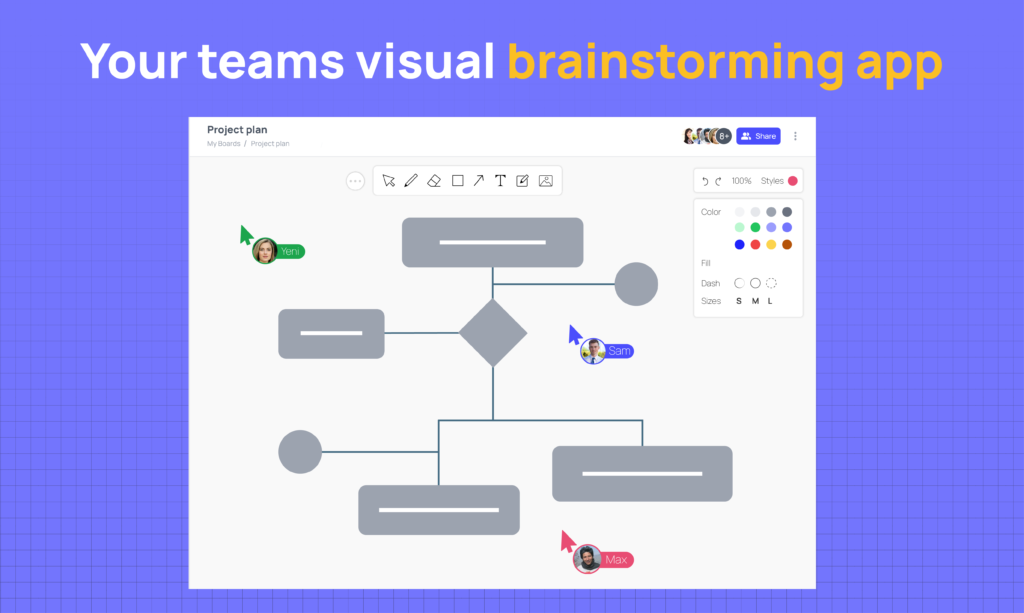
- Storyboarding for Project Timelines: Storyboarding enables project managers to break down challenging tasks and deadlines into manageable chunks. Storyboarding for a film production project displays scenes and sequences visually, providing a seamless transition from pre- to post-production.
- SWOT Analysis for Project Assessment: By conducting a SWOT analysis, project managers can identify the project’s strengths (e.g., skilled team), weaknesses (e.g., limited budget), opportunities (e.g., untapped market segments), and threats (e.g., competitors). This analysis helps them develop strategies to capitalize on strengths and mitigate weaknesses.
- SCAMPER Dice Game for Idea Creation Workshops: Project managers might incorporate SCAMPER-themed dice during idea creation workshops. The category (e.g., Modify, Put to another use) is determined by rolling the dice, which encourages rapid idea production for enhancing project procedures or deliverables.
- Random Word Stimulation for Problem Solving: Project managers can randomly present words to the team, prompting them to associate those words with project challenges. For a marketing campaign, if the word “ocean” comes up, the team might draw inspiration from the vastness and diversity of the ocean to generate ideas for broad target audiences.

- Round Robin for Team Collaboration: Using a round-robin format in meetings guarantees that each team member has an equal chance to offer suggestions and criticism. This method promotes an inclusive environment where developers, designers, and testers actively participate in problem-solving talks for a software development project.
- Analogy Thinking for Resource Allocation: Resource allocation can be improved by project managers using analogies from previous endeavors or sectors of the economy. Comparing the effective resource allocation techniques utilized in an infrastructure development that has been successful can inspire comparable methods for a building project.
- Time Constraints for Agile Planning: Introducing time constraints in planning sessions encourages the team to focus on critical decisions quickly. For a marketing campaign launch, project managers can allocate a limited time to decide on the target audience and campaign messaging, promoting agile decision-making.

- Gallery Walk for Lessons Learned: Setting up a gallery walk to highlight previous projects’ achievements and difficulties enables the team to take collective lessons from the past. The gallery walk may feature successes for an educational program endeavor, such as increased student involvement via creative teaching techniques. The group can evaluate the lessons discovered to enhance subsequent efforts.
Importance of Brainstorming for Project Managers:
Creativity and Innovation: Brainstorming fosters innovation and creativity by challenging team members to think outside the box. This can result in innovative ideas that might not have been found through conventional problem-solving techniques.
Diverse Perspectives: By involving a diverse group of participants with different backgrounds, experiences, and expertise, brainstorming allows project managers to tap into a wide range of perspectives. This diversity often results in more comprehensive and well-rounded solutions.

Problem identification: Early in a project’s lifespan, brainstorming can assist uncover prospective issues or difficulties. The team can develop methods to reduce risks and get around obstacles by openly discussing potential problems.
Ownership of Ideas: Involving team members in the brainstorming process gives them a sense of ownership and commitment to the project’s success. When individuals contribute to the ideas’ development, they are more likely to be invested in their implementation.
Support for Decision-Making: Because brainstorming provides a variety of ideas, project managers can select from a range of possibilities. This makes it easier to make more informed decisions because the team can weigh the advantages and disadvantages of each suggestion before choosing the best one.
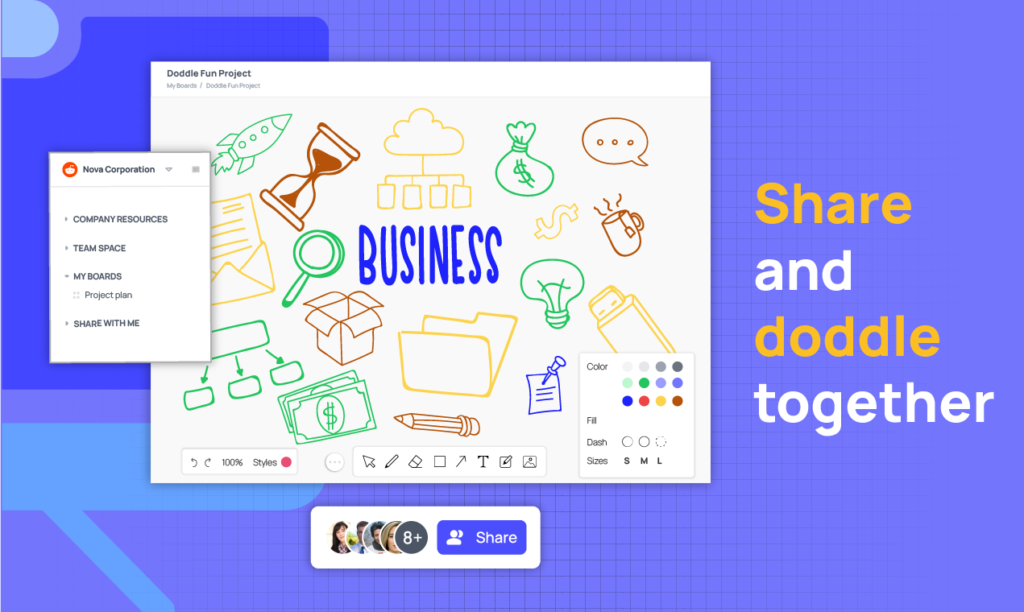
It is easier when you use the right tool for brainstorming. Here is the solution Tixio is here. Tixio has brought its Whiteboard feature where you can doodle your thoughts, and ideas, Create mind maps, diagram and share them with your team. You can collaboratively work on different ideas by involving every team member.















